When we get a link in a blog, a media, etc, there is something we must take into account: is it really valid to increase my authority? What does it depend on?
Like everything on the Internet and in SEO in particular, the issue of linking to get authority on a website has been varying. In the beginning, many years ago, as always happens with the innocence of new things, it was very simple: the more links you got on important sites, the better.
Nowadays, things no longer work like that. That’s why we are going to see several examples, which can be taken into account when creating our backlinks and that these really contribute to our Linkbuilding strategy
Table of contents
Links in the footer, sidebars, etc, do not have the same value as within a text. In fact, they can even be detrimental, as they are repeated as many times as pages where the sidebar or footer is located. And even if Google registers 256 links from a great site in this way, it will still only count as one.
This is because when the link is in a text that contains related keywords, the content around the link is meaningful to the topic you are linking to, the text you have inserted it in is a unique text… all these factors will make your link worth much more than in an unrelated footer.
Multiple links and link spacing
The Internet is very big. That’s why, following what I was saying, being linked again and again from the same site, – no matter how important it is and even if it is about different contents, – does not have the same value as if they do it from different websites.
That is to say, the fact that the same page links you 6 times will not increase your authority six times. No matter how important the page is. It is better to have links from 6 different sites, even if they are not so important. It is the same as in real life: it is not the same to be recommended by only one person, no matter how many times he/she recommends you, as it is to be recommended by several people.
Another thing is that you want to create a brand image and you are linked from time to time from very relevant sites for your sector. Obviously, in this case, it is a good technique, because little by little you will be in the subconscious of your target audience. But it has nothing to do with increasing your authority in Google’s eyes.
But back to the subject at hand: On the Internet there are literally millions of sites, and they all link to each other, forming multiple chains. And you can use this to your advantage. How? Imagine that you can’t get a link on site A, because it’s a very important site and inaccessible to you. But there is a site B linked from site A, which therefore receives part of your authority. If you get site B to link to you, you are indirectly receiving the authority of site A. And so on. That is, there is a chain of transmission, and therefore, if you are for example in position F, the strength of link A will be less when it reaches you. Therefore, it has less value in your case.
Position of the link
The higher the link is on the page, the more it is valued by search engines. This is logical, because a link that is placed at the bottom of the page is more likely that the user will not even see it.
The same could be said for Google. Although its spider goes through the whole page, it understands that what is placed at the top is the most relevant, what the person who has made the content wants to be seen first.
So, in short, it is better that when you get a link, place it the higher up the text the better.
The use of anchor text
Another factor to take into account is the anchor text. I mean the text you use to identify your link, and the more meaningful it is for the content it links to, the better. Putting “click here” is not the same as using a keyword like “buy leather shoes”, or even the name of your brand.
In fact, this is something that is very much taken into account in Link Building strategies like the ones we do at IDX Engine, to recreate a natural link scheme: you have to know when to use each type of anchor text.
And a curious fact: if you have linked from the same content the same url 2 times and with different anchor text, for ranking purposes, only the anchor text of the first link counts. The anchor text of the second link, although the bot will read it anyway, will not be taken into account for positioning.
The text around the link
Let’s go deeper into a concept that has already been mentioned above: the text that accompanies and in which a link is inserted, is relevant. That is to say, it does not help much, if at all, if a site dedicated to electric fishing talks about your leather handmade shoes website.
To put it another way: does it have the same value to be recommended for a job by a person who knows a lot about that sector, or by a person who has never been related to it? The context of everything surrounding your link is important. That’s why the priority when it comes to getting links is to do it in sites of the same subject or sector, or that are closely related.
Fresh and updated content
Google will value a link on a new page much more than if it has been written for a long time and has not been updated. In other words, the content is left behind, and so are its links.
But if a content on a relevant topic is undergoing updates, that will benefit the links it contains. Why? Because Google considers it a “living” page, since each update is a signal to the search engine that the page exists, that it contributes something.
This, of course, is a bit tricky. We are all guilty of making content, publishing it and forgetting about it. That is why it is important that even if the content is old, even if it is not updated, if it continues to receive comments or if it continues to be linked from other sites – that is, it continues to get links – it will still be fresh for Google, because it means that it is still useful for people.
Watch out for spammy content from the site linking to you
Always, in case you are working on a link strategy, you should be careful about including links from sites that may be considered by Google as spammy or with high spam content.
This is, once again, like life itself: if someone not very well regarded – or directly with a bad reputation – speaks well of you, it may not be beneficial for your reputation. The same thing happens on the Internet: if you have a link on a site that is linked to by very low quality pages, just as those of high authority pass on their strength to you, those of low quality can pass on their weakness to you.
Obviously, if your site gets links naturally, and especially if there are many per month, it is very likely that you cannot control this. But in case you can or if you are working on a link strategy, you can check the SPAM percentage for example with the MOZ extension for your browser.
Nofollow links, are they taken into account or not?
now what about nofollow links? This has been a hot topic, especially since March 2020, when the new guidelines were officially announced. In them, Google explains that it does consider dofollow links, mainly their anchor text. It does not really follow them, in the sense that it does not pass them authority to rank as it does with dofollow links.
But it does take them as clues for a better understanding of the link scheme. It also emphasizes that you don’t need to do anything with the links you already have on your page (or worry about who has linked to you in this way). You don’t have to change the attribute, just take it into account from now on: they are no longer completely ignored.
Conclusion
As you can see, besides knowing how to use a link in SEO and how to get links, it is not that simple. It’s not a matter of just having links and that’s it. Depending on many factors, the strength and value of links on the Internet will be greater or lesser. That’s why sometimes it happens that a competitor may have fewer links than you, but more authority. For example.
There is little you can do with the links you get naturally. But if you decide to carry out a strategy because you need to gain authority for your site, take into account all the information we have given you when requesting or accepting links.
if you want to add something, remember you can do it in the comments!
Related Posts



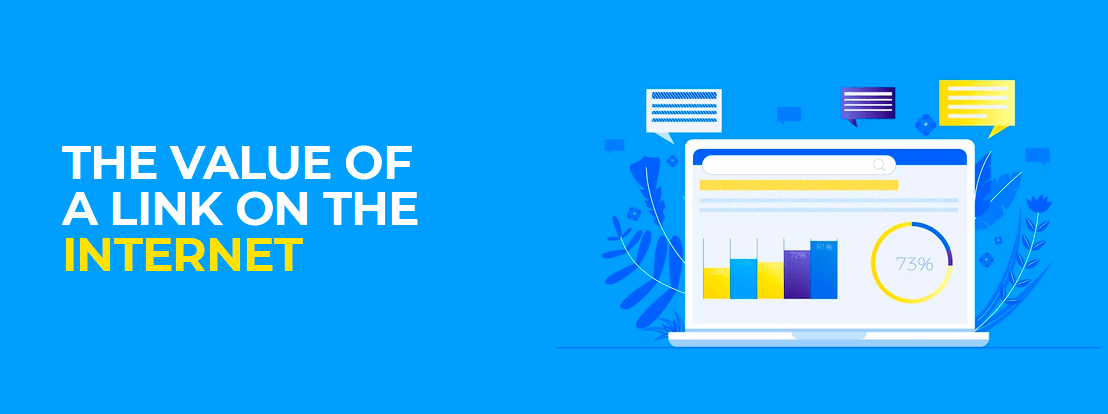

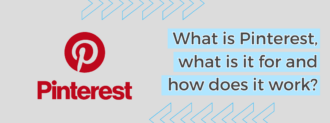
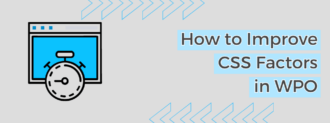
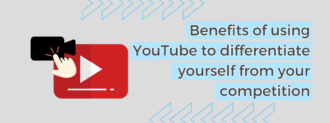

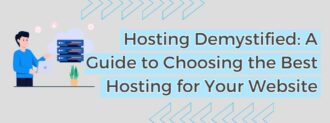
Deja un comentario